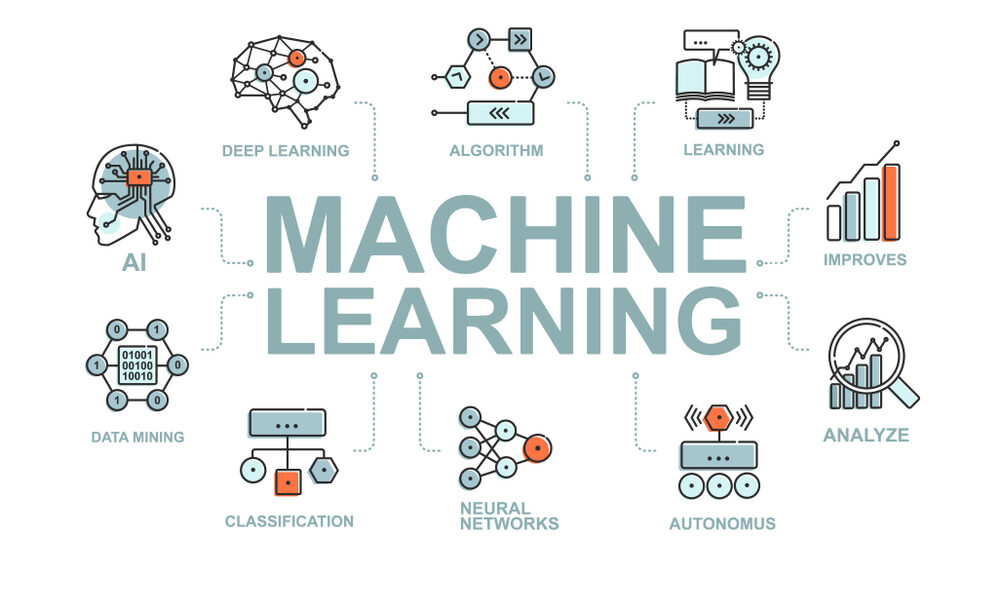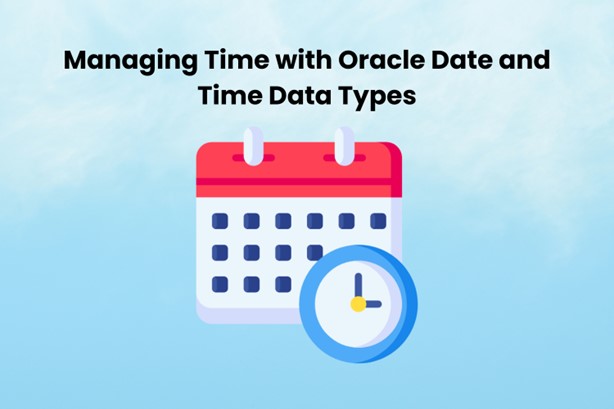The world is buzzing with the words artificial intelligence, machine learning, neural networks, and deep learning. We hear every day that the age of AI has come. But what do all these terms mean? Are they all the same? Let’s learn what these terms mean and what the difference is between them.
Machine learning has become a highly sought-after profession. And why not? The advancements in technology have opened doors to a host of opportunities for many. A Machine Learning Certification Course is enough to introduce you to the concepts and basics of machine learning.
These technologies are still in their nascent stages; therefore, many confuse them for one and the same thing. Read on to learn the basic difference between these terms.
Artificial Intelligence
Artificial intelligence is a broader term that includes machine learning, neural networks, and deep learning. Artificial Intelligence represents systems wherein machines are designed and trained to think like humans. They are made to solve problems and think like humans.
Artificial intelligence is the umbrella term, and machine learning, deep learning, and neural networks are its parts.
There are three main categories of AI:
- Artificial Narrow Intelligence (ANI)
- Artificial General Intelligence (AGI)
- Artificial Super Intelligence (ASI)
Examples of AI:
-
ChatGPT:
ChatGPT is a popular artificial intelligence chatbot that is capable of producing content in wide formats like blogs, answers, code, and almost everything. It is trained on massive data to produce human-like content and solve queries. There are many other chatbots, like ChatGPT.
-
Self-driving cars:
Self-driving cars are a notable example of deep learning that uses deep neural networks to detect objects around them and measure the distance between them.
-
Wearable devices:
Wearable devices used in the healthcare industry help detect blood sugar levels, heart rate, and blood pressure. Deep learning techniques can also detect prior patterns in the patient’s medical history and predict any future ailments and medical conditions.
Deep Learning
Deep learning is a subset of machine learning. It is based on artificial neural networks. Deep learning is particularly good at handling complex tasks. It is the driving force behind digital assistants, credit card fraud detection, and self-driving cars.
Deep learning is different from machine learning in the way it works and learns from the data. Machine learning uses structured and labeled data to make predictions. Deep learning, on the other hand, eliminates some of the pre-processing that is required in machine learning.
Neural Networks
Neural networks are a subset of machine learning. They are a type of computer program or model that mimics the human mind. They are made of nodes, or neurons, that are used in machine and deep learning to process and analyze data.
Artificial neural networks (ANN) comprise a node layer containing an input layer, one or more hidden layers, and an output layer. Every artificial neuron, or node, is connected to others and has a weight and threshold.
Neural networks rely on the training data to learn and improve their accuracy over time. Once these learning algorithms are fully tuned, they are powerful resources for classifying and clustering data. Google’s search algorithms are a fine example of neural networks.
Machine Learning
We see examples of machine learning in our day-to-day lives. If you use Netflix, you might have noticed that Netflix suggests shows based on your watch history. This is nothing but machine learning.
In its simplest form, machine learning is a sub-domain of artificial intelligence (AI) that learns from the data it is trained on. Machine learning algorithms are trained to find patterns and relationships in the data. They use historical data as input to predict things, generate text, and make suggestions.
The most popular examples of ML are facial and speech recognition, chatbots, product recommendations, virtual assistants, etc. Machine learning has become popular in recent years and has attracted a lot of attention from the younger generation.
Conclusion
Enrolling in Machine Learning Online Training can enhance your understanding of the concepts and get you started with them. A machine learning online training with certificate is the best way to get the knick-knack of machine learning and get hands-on experience.
All four above-mentioned terms are interrelated and therefore used interchangeably. AI is the broader term. Machine learning is a subset of AI. Deep learning is again a subset of machine learning, and neural networks are the backbone of deep learning.
To gain a better understanding of machine learning, consider enrolling in a machine learning certification course.













